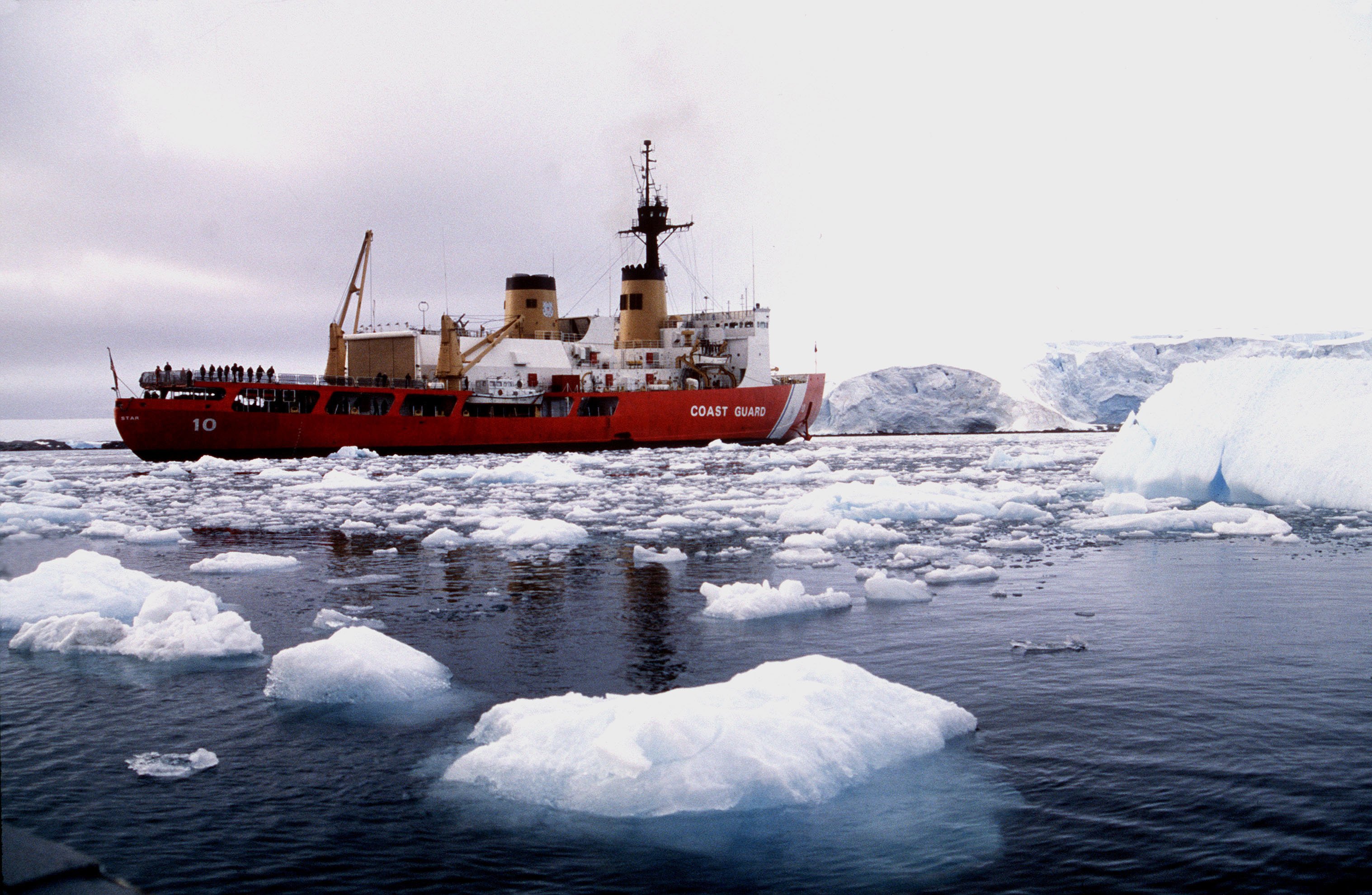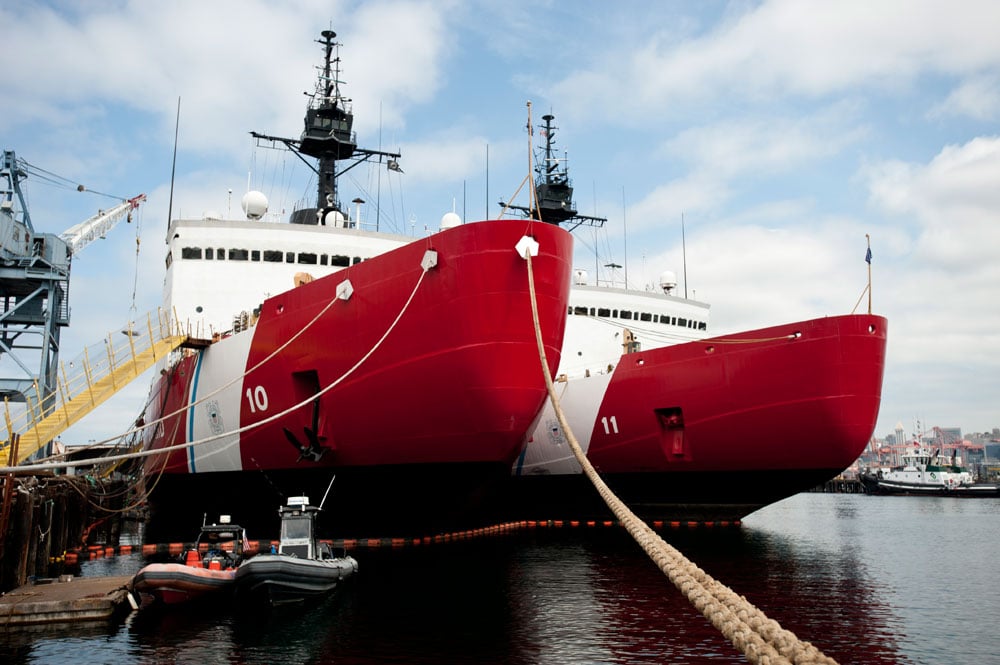
ARLINGTON, Va. —The first new heavy icebreaker in more than a generation is on track to launch in 2023, but the Coast Guard commandant says building the needed fleet still requires Congress to unfreeze funding.
Speaking Wednesday at the annual Surface Navy Association conference, Coast Guard Commandant Adm. Paul Zukunft explained the need for heavy icebreakers is growing, as other nations including Russia and China, routinely stake claims to the polar regions, notably the Arctic.
The Coast Guard’s lone workable heavy icebreaker USCGC Polar Star (WAGB-10) was commissioned in 1977 and “is living on borrowed time,” Zukunft said.

Annually, the icebreaker spends about 300 days on either on missions or in a maintenance yard – not necessarily near its homeport. A second heavy icebreaker USCGC Polar Sea (WAGB-11) essentially is only being used to keep Polar Star seaworthy.
“We’re using Polar Sea as an organ donor,” Zukunft said.
If Congress doesn’t pass Department of Defense or Homeland Security budgets on a regular basis, though, Zukunft said the timeline for launching a new icebreaker class could be jeopardized.
“We need to award the first one and are looking to do a block buy after that,” Zukunft said. “The lead ship will cost more.”
The plan, as of now, is to build a total of six icebreakers – three heavy and three medium icebreakers. But within in the next two years, Zukunft said the Coast Guard will have to decide if whether the plan should be altered because of ongoing budget constraints. The service is developing the program along with the Naval Sea Systems Command.
“We’ll keep these new platforms in service for 30 years and likely 40-plus years,” Zukunft said.
A report presented in November to the American Society of Naval Engineers Arctic Day conference suggests nearly $100 million could be saved by purchasing a fourth heavy icebreaker instead of starting the design and build process for a new first-in-class medium icebreaker.
Speaking Wednesday, Zukunft said, the determining factor will likely be who ultimately pays the bill – the Navy or Homeland Security.
“Those discussions will happen, but not on my watch,” Zukunft said.





